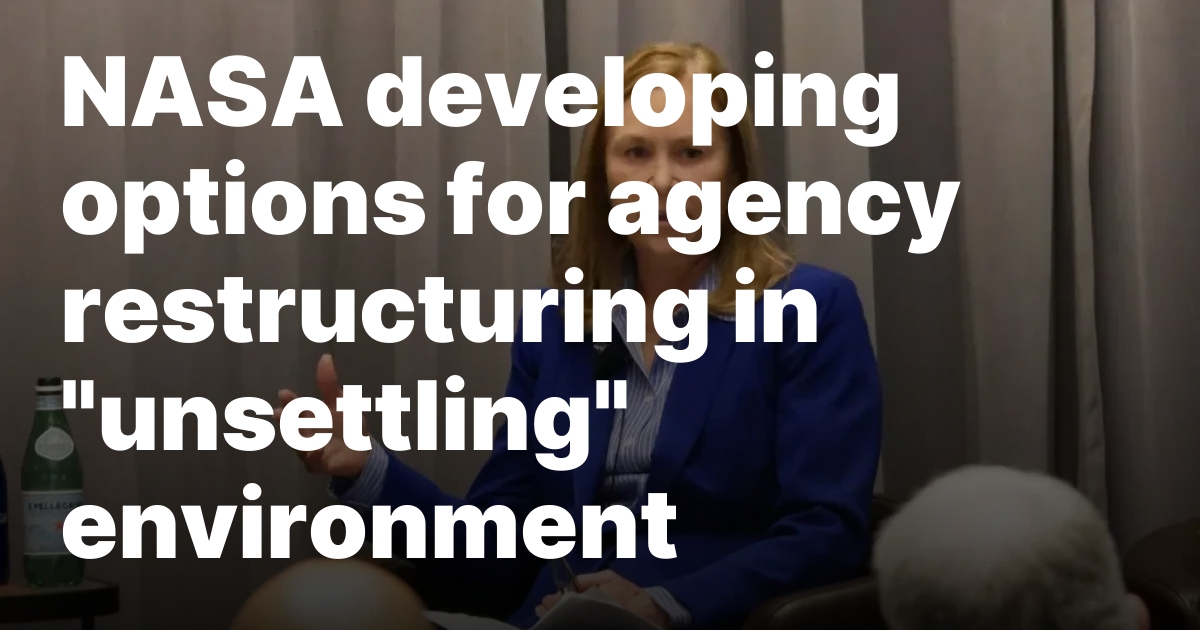Green Scrutiny Threatens Infrastructure Development: A Delicate Balance

The delicate balance between environmental regulation and energy infrastructure development demands careful strategic planning. Europe's recent experiences with ministerial mergers serve as a cautionary tale, highlighting the potential pitfalls of combining climate policy and energy promotion under a single administrative umbrella.
Attempting to streamline governmental oversight by merging complex policy domains can inadvertently create friction and inefficiency. The proposed approach risks generating unintended consequences that could ultimately undermine both environmental goals and national infrastructure development. Policymakers must recognize that climate regulation and energy strategy require nuanced, specialized approaches that may be compromised by forced administrative consolidation.
Successful environmental and energy policies demand targeted expertise, flexible strategic frameworks, and a deep understanding of the intricate interactions between technological innovation, economic considerations, and sustainability objectives. Forcing these critical domains into a single ministerial structure could potentially dilute their effectiveness and create unnecessary bureaucratic complexity.
The lesson is clear: thoughtful, specialized governance is crucial when addressing the multifaceted challenges of climate action and energy infrastructure. Simplistic administrative solutions rarely capture the sophisticated realities of modern environmental and energy policy.








